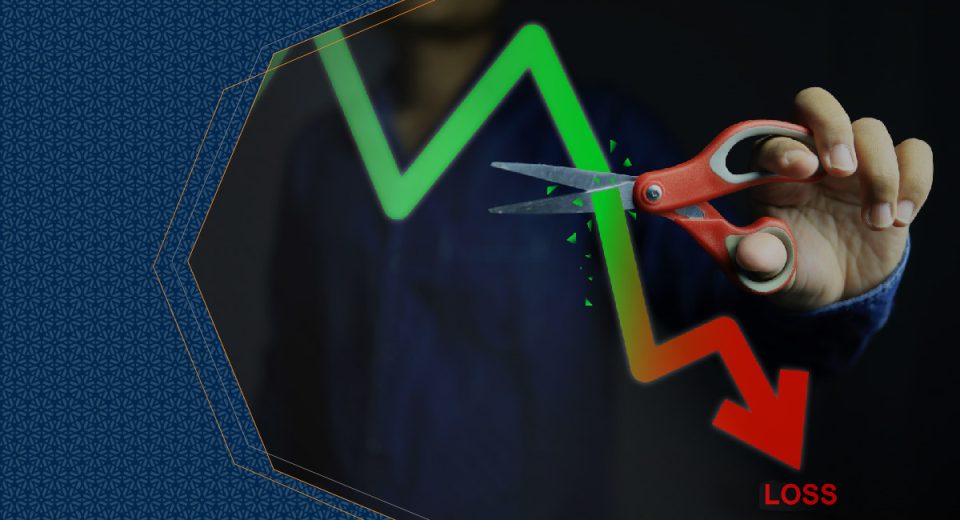Litecoin Pivot Point Strategy

Litecoin is one of the newer cryptocurrencies on the block that has become highly popular and is increasingly being adopted by businesses for their smart contracts. Litecoin or LTC, the fifth most popular cryptocurrency, is a peer to peer altcoin and open source software project released under the MIT/X11 license. So, how should you invest in Litecoin and which strategy to use? Pivot points have proved to be very useful in any kind of technical analysis, including for cryptos. Let’s find out more about them.
What is Litecoin?
Just like Bitcoin, Litecoin is not managed by any central authority. LTC features faster transaction confirmation times and improved storage efficiency. It is fast emerging as a proven medium of commerce, complementary to Bitcoin. The digital currency witnessed astronomical gains and surged to a high of $365 per token in December 2017 but fell to around $100 in February 2018 and is hovering around $121 in April 2018.
An attractive feature of Litecoin is that its blockchain is capable of handling high volumes of transactions due to its more frequent block generation property. This cryptocurrency is being traded on most crypto exchanges, in exchange for a wire transfer or a credit or debit card payment.
Another attractive feature of Litecoin that is attracting more and more users is its protection against wallet stealing viruses and Trojans, as well as sanity checks, before sending any payments. More and more businesses are adopting Litecoin for their transactions, largely because of its ability to handle high transaction volumes and that too without compromising on security.
Pivot Points and Their Application in Crypto Investment
Pivot Points are the averages of the high, close and low points of the previous trading session and used to identify the resistance and support levels to finalise one’s future trading strategy and identify potential reversals in price over time. While pivot points were originally used by floor traders to set key levels to watch during the day, their scope has expanded over the years. Widely used by crypto traders, pivot points are ideal for identifying the general trend and finding the support and resistance levels.
The basic pivot point, which is the average of the high, low and close price for a given period, is used to identify bearish or bullish signals. Pivots can be used to find the overall trend in the cryptocurrency market and the trading of Litecoin and other cryptos. Any move below the pivot points is considered bearish, while any move above is considered a bullish signal. The pivot point is then used to calculate various support and resistance levels.
- Pivot Point = (High + Low + Close) / 3
- Support (S1) = (Pivot Point x 2) – High
- Support (S2) = P – (High – Low)
- Resistance (R1) = (Pivot Point x 2) – Low
- Resistance (R2) = P + (High – Low)
The support and resistance levels, identified with the help of pivot points, are considered key levels that traders need to watch out for. These levels prove to be very useful in identifying take profit or stop loss points.
Pivot points can be calculated across any timeframe which make them highly useful for chalking out a trading strategy. The Litecoin Pivot Point Strategy calls for determining whether the market for the crypto is in uptrend or downtrend, and then track its movements and check whether it is able to break the resistance levels. Once we have calculated the various support and resistance levels on the chart for Litecoin, we can use momentum-based indicators to determine which resistance level to use for take profit, R1 for low, R2 for medium and R3 for high, and set stop losses to one’s preferred support/risk level.
So, for traders looking to reap the benefits of the growing acceptance and popularity of Litecoin, pivot points are an attractive tool for identifying support and resistance levels and the overall market trend. Various types of pivot points are being used to identify entry or exit points or determine the range of the market. Conservative traders may, however, look for additional confirmation before entering into a trade along with the information provided by pivot points.
Disclaimer
If you liked this educational article please consult our Risk Disclosure Notice before starting to trade. Trading leveraged products involves a high level of risk. You may lose more than your invested capital.




